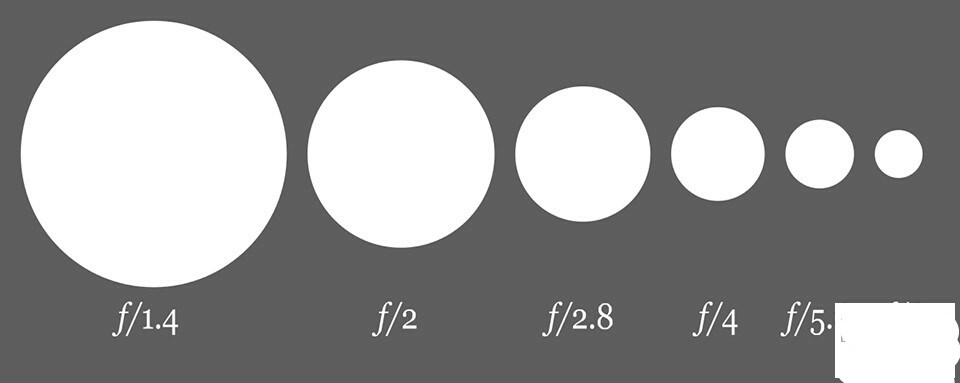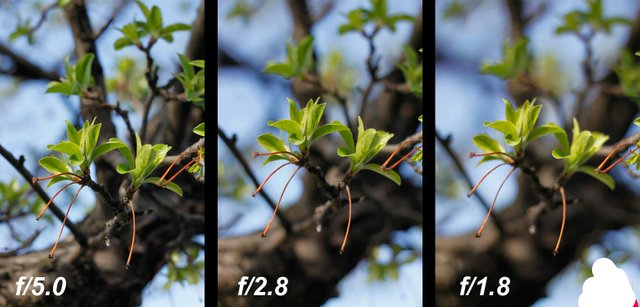The aperture of camera

While buying a phone we always consider camera and its quality. Many geeks check each and every factor of a camera like ISO, shutter speed, aperture and more. Today in this thread we will discuss about camera aperture. First let's talk about what is aperture?
Simply, aperture refers to the opening of a lens's through which light passes. The easiest way to remember aperture is by associating it with your pupil. Large pupil size equals large aperture, while small pupil size equals small aperture. Basically, it is calibrated in f/stops and is generally written as numbers such as 1.4, 2, 2.8, 4, 5.6, 8, 11 and 16. The lower f/stops give more exposure because they represent the larger apertures, while the higher f/stops give less exposure because they represent smaller apertures. For example, f/1.4 is larger than f/2.0 and much larger than f/8.0.
Aperture-f-Number.png
The size of the circle represents the size of the lens aperture – the larger the f-number, the smaller the aperture.
Why Aperture is important?
The size of the aperture has a direct impact on the depth of field, which is the area of the image that appears sharp. A large f-number such as f/32, (which means a smaller aperture) will bring all foreground and background objects in focus, while a small f-number such as f/1.4 will isolate the foreground from the background by making the foreground objects sharp and the background blurry.
changing-aperture-flower.png
We can say a larger aperture value = a wider opening = more light coming in = shallower depth of field (much less in focus) and a faster relative shutter speed. On other hand, a small aperture value = a narrower opening = less light coming in = a wider depth of field (much more in focus) and a slower relative shutter speed.
Does larger aperture is really useful?
The larger end of the aperture, roughly f/1.2 to f/5.6, is great for capturing a lot of light and rendering backgrounds blurry or full of bokeh effect. The wide-open apertures should be your go-to values for low night or night photography as well as flattering portraits. The narrow depth of field also works well for more abstract or artistic photographs.
